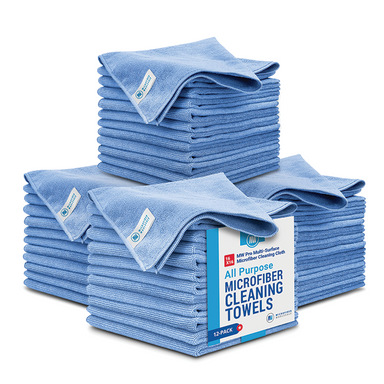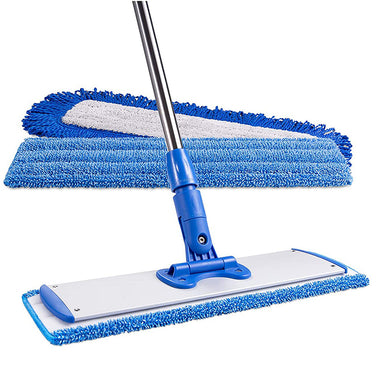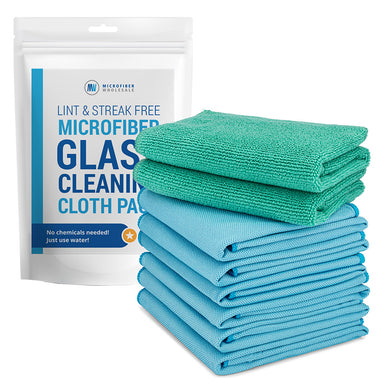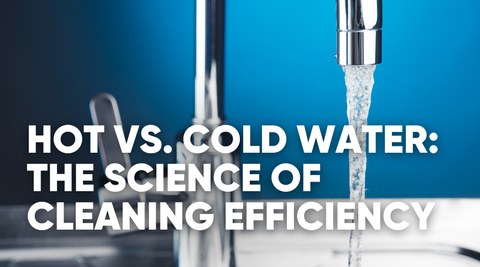The internet is overflowing with cleaning hacks that promise quick, cheap, and effortless results. Scroll through TikTok or Instagram, and you’ll see everything from cola in toilets to lemons in garbage disposals. But here’s the truth: many of these so-called “miracle tricks” can actually damage surfaces, waste time, or create bigger messes than you started with.
For professional cleaners, falling for the wrong hack isn’t just inconvenient, it can hurt efficiency, eat into profits, and even erode client trust. Knowing what not to do is just as important as mastering the right techniques.
Below are some of the most popular cleaning hacks that seasoned professionals avoid, plus the proven alternatives that get real results. So let’s dive in.

















